Gathering Of Human Intelligence In Counter-Insurgency Warfare:
The French Experience During The Battle Of Algiers (January-October 1957)
Nonfiction, History, Middle East, Persian Gulf War, Military| Author: | Major Hervé Pierre | ISBN: | 9781786253477 |
| Publisher: | Tannenberg Publishing | Publication: | November 6, 2015 |
| Imprint: | Tannenberg Publishing | Language: | English |
| Author: | Major Hervé Pierre |
| ISBN: | 9781786253477 |
| Publisher: | Tannenberg Publishing |
| Publication: | November 6, 2015 |
| Imprint: | Tannenberg Publishing |
| Language: | English |
If in a short-term perspective the battle of Algiers was an operational success since the terrorist attacks ended by the of fall 1957, the different methods used to gather intelligence proved to be strategically counterproductive and left an open wound on the French Society.
In 1956, both internal and international political situations favored the Algerian National Liberation Front (FLN). In August, during a clandestine meeting in the Soummam valley (Kabylie), the FLN decided to direct the fighting against the European population in urban areas. Such an intensification of the conflict was aimed at winning a decisive battle: bringing the terror to Algiers was perceived as the last step before the independence.
Facing a paralysis of regular courses of action, the French reacted to the terrorist wave by giving the military extraordinary police powers. Jacques Massu’s 10th Para Division implemented radical methods. From 20 January to 31 March 1957, it succeeded in disorganizing the whole insurgency (first battle). However, the tactical victory against terrorism was as blatant as it proved to be short-lived. Facing a resuming tactical threat, General Massu entrusted Colonel Yves Godard with the AOR of Algiers (second battle). If the first battle was fought using bloody swords, the second one, based on infiltration and disinformation operations, proved to be a surgical operation using scalpels. On 8 October 1957, the battle of Algiers ended.
In a blurred conflict that belonged neither to police operations nor to conventional war, the legal black hole ineluctably led to the temptation of committing illegal acts. Paul Aussarresses and Yves Godard embodied the two opposite approaches that are distinguishable during the battle. Pushing the justification of illegal violence to the limit, Aussarresses represents the dark face of COIN operations while Godard repeatedly stated that there was no need to use torture.
If in a short-term perspective the battle of Algiers was an operational success since the terrorist attacks ended by the of fall 1957, the different methods used to gather intelligence proved to be strategically counterproductive and left an open wound on the French Society.
In 1956, both internal and international political situations favored the Algerian National Liberation Front (FLN). In August, during a clandestine meeting in the Soummam valley (Kabylie), the FLN decided to direct the fighting against the European population in urban areas. Such an intensification of the conflict was aimed at winning a decisive battle: bringing the terror to Algiers was perceived as the last step before the independence.
Facing a paralysis of regular courses of action, the French reacted to the terrorist wave by giving the military extraordinary police powers. Jacques Massu’s 10th Para Division implemented radical methods. From 20 January to 31 March 1957, it succeeded in disorganizing the whole insurgency (first battle). However, the tactical victory against terrorism was as blatant as it proved to be short-lived. Facing a resuming tactical threat, General Massu entrusted Colonel Yves Godard with the AOR of Algiers (second battle). If the first battle was fought using bloody swords, the second one, based on infiltration and disinformation operations, proved to be a surgical operation using scalpels. On 8 October 1957, the battle of Algiers ended.
In a blurred conflict that belonged neither to police operations nor to conventional war, the legal black hole ineluctably led to the temptation of committing illegal acts. Paul Aussarresses and Yves Godard embodied the two opposite approaches that are distinguishable during the battle. Pushing the justification of illegal violence to the limit, Aussarresses represents the dark face of COIN operations while Godard repeatedly stated that there was no need to use torture.
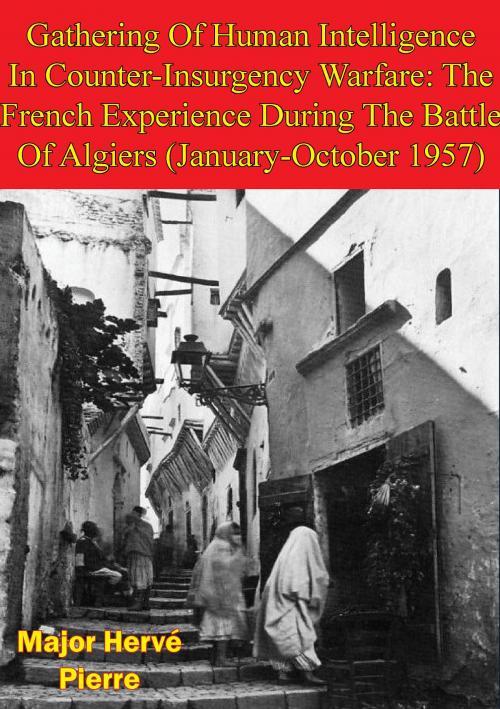
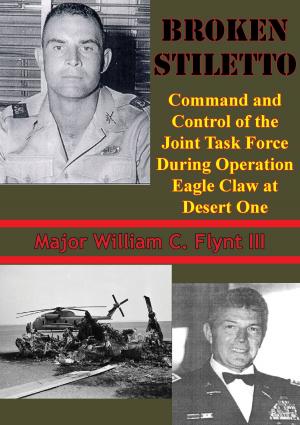
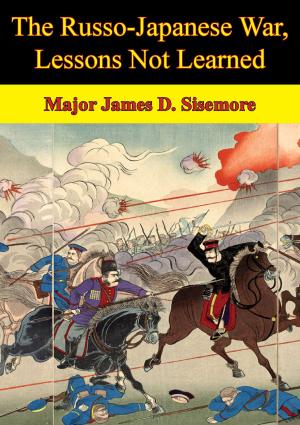


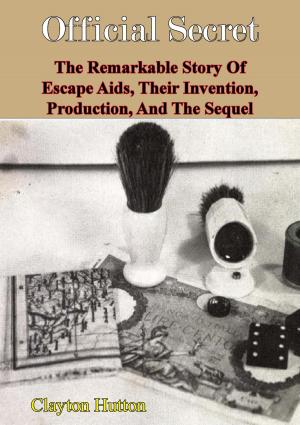
![Cover of the book Like A Thunderbolt: The Lafayette Escadrille And The Advent Of American Pursuit In World War I [Illustrated Edition] by Major Hervé Pierre](https://www.kuoky.com/images/2015/november/300x300/9781786252470-JBzr_300x.jpg)
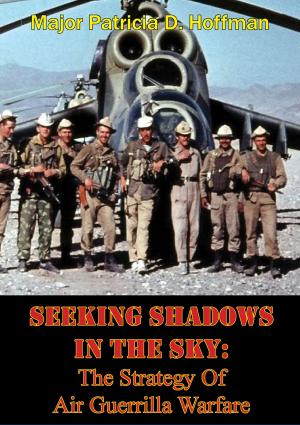
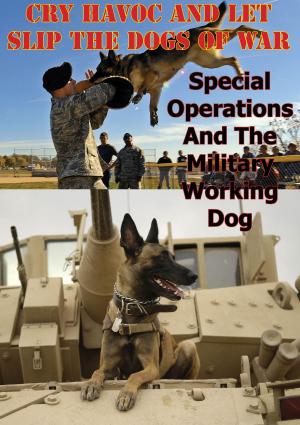
![Cover of the book Key To The Sinai: The Battles For Abu Agelia In The 1956 And 1967 Arab Israeli Wars [Illustrated Edition] by Major Hervé Pierre](https://www.kuoky.com/images/2014/august/300x300/9781782895794-016v_300x.jpg)
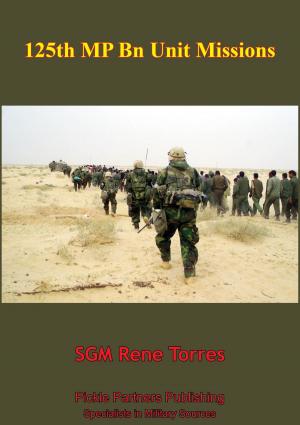
![Cover of the book The Sky Is My Witness [Illustrated Edition] by Major Hervé Pierre](https://www.kuoky.com/images/2015/november/300x300/9781786253361-Acvh_300x.jpg)

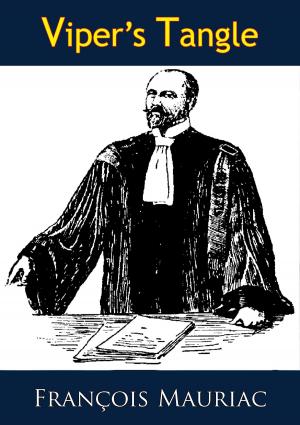
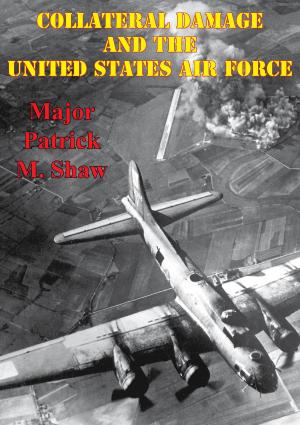
![Cover of the book The Soviet Airborne Experience [Illustrated Edition] by Major Hervé Pierre](https://www.kuoky.com/images/2015/november/300x300/9781786250452-dBgd_300x.jpg)